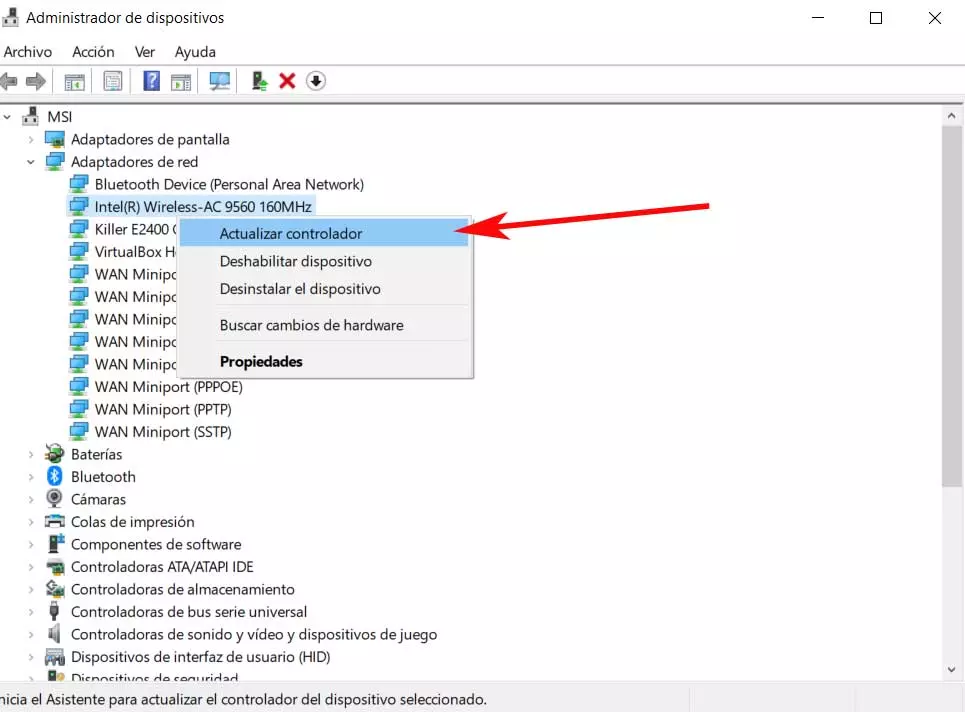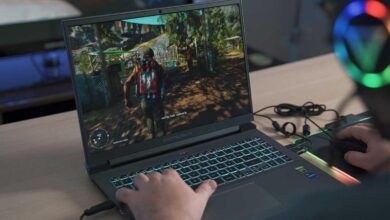
Working with high-quality graphics, animation, or video files can make rendering a time- and resource-consuming operation. Your computer’s rendering performance can be greatly improved, speeding up productivity. Knowing where to start with the abundance of hardware and software possibilities may be difficult.
It’s crucial to take into account aspects like CPU speed, RAM capacity, GPU performance, and disc space for your machine to render at its finest.
In addition, choosing the right render farm and settings can also make a significant difference in your rendering time.
We’ll go over all the numerous ways you can optimize your machine for rendering in this article. We’ll cover everything from hardware upgrades to software settings and walk you through instructions on how to implement these optimizations. After reading this article, you will have the knowledge and tools needed to upgrade your computer into a rendering powerhouse.
Importance of a fast rendering
It is impossible to exaggerate how crucial quick rendering is to the computer graphics and animation industries. Other than render farm, there are a lot of factors to consider.
It has evolved into a crucial component of a project’s success since it helps designers, animators, and developers to generate work of a high grade in less time. Whether for film, gaming, advertising, or virtual reality, fast rendering is crucial to delivering engaging and visually stunning content.
Better productivity:
One of the primary benefits of fast rendering is that it increases productivity and profitability. With quicker project completion times, studios can produce more work, leading to greater profitability and more satisfied clients.
Additionally, fast rendering allows for greater creative flexibility. Designers and animators can make changes to their projects rapidly and efficiently, enabling a faster iteration process and resulting in higher-quality output.
Seamless user experience:
The benefits of fast rendering extend beyond the creative process. Fast rendering is essential for providing a seamless and immersive user experience in the gaming and virtual reality industries.
A responsive and interesting experience is produced through real-time rendering, guaranteeing that the graphics are quickly rendered as the user interacts with the virtual environment.
Faster rendering times:
Optimizing your computer for rendering is crucial to achieving fast rendering times. This includes upgrading hardware such as graphics cards and CPUs, using rendering software, and configuring settings to maximize performance.
Hardware requirements for rendering
The hardware specifications for rendering might be fairly strict. Creating intricate 3D visuals and animations while rendering requires significant computing power and memory. Here are the hardware components that are important for rendering:
Processor (CPU)
The CPU – Central Processing Unit, also referred to as the processor, is responsible for processing commands. For rendering, a powerful processor is essential to handle the complex calculations involved in creating 3D graphics.
A processor will perform better for rendering tasks with more cores and threads. A rendering processor with at least 6 cores and 12 threads is recommended.
Graphics Card (GPU)
The 3D visuals are rendered on the screen by the graphics card or GPU. A powerful graphics card is essential for rendering, as it can greatly speed up the rendering process.
A dedicated graphics card with a minimum of 4GB VRAM is recommended for rendering. For even faster rendering, some programs, like Autodesk Maya or Cinema 4D, can make use of numerous graphics cards.
RAM
RAM, or random access memory, is where the computer stores data that is now in use. In order to store the data necessary to create 3D visuals, rendering requires a lot of RAM. It is advised to have at least 16GB of RAM for rendering, though more may be required depending on how complicated the project is.
Storage
Storage is where the computer stores all the data and files needed for rendering. Solid-state drives (SSDs) are advised as the primary storage option for rendering since they can significantly speed up file access. Large items like video or high-resolution textures may also require storage on a second hard disc.
Cooling System
If a computer is not adequately cooled, rendering can put a lot of load on its components and lead to overheating. A good cooling system is necessary to prevent hardware damage and ensure the computer runs smoothly during rendering tasks. A combination of air and liquid cooling is recommended for high-performance rendering systems.
Optimizing your CPU for rendering
Working with huge and complicated 3D models can make rendering a time-consuming task. Optimizing your CPU for rendering is one approach to hasten the rendering process. Below are some tips for optimizing your CPU for rendering:
Choosing the right CPU
One of the most important elements for rendering is the CPU. A strong CPU is necessary for quick and effective rendering since it processes the data required to produce 3D graphics. When choosing a CPU for rendering, look for one with a high clock speed and multiple cores. The number of cores on a CPU boosts its ability to process more data simultaneously, considerably speeding up rendering.
The importance of multi-core processing
Multi-core processing is crucial for fast rendering. CPUs with more cores and threads will improve rendering times. Look for CPUs with at least 6 cores and 12 threads. Some high-end CPUs have even more cores, and rendering software optimized for multi-core processing can further improve speed.
Optimizing your GPU for rendering
To optimize your GPU for rendering, you can adjust the graphics settings to prioritize performance over visual quality. This can include lowering the resolution or disabling features such as anti-aliasing or shadows. Updating your graphics card drivers can also improve performance and stability.
Choosing the Right GPU
Look for a GPU with a lot of CUDA cores or stream processors and a lot of memory bandwidth when choosing a GPU for rendering. Some popular options for rendering include Nvidia GeForce RTX or Quadro series, as well as AMD Radeon RX or Radeon Pro series. Consider the specific requirements of your rendering software to ensure compatibility.
Setting up SLI or CrossFire
SLI (Scalable Link Interface) and CrossFire are technologies that allow multiple GPUs to work together to improve rendering performance. Setting up SLI or CrossFire requires compatible GPUs, a suitable motherboard, the proper software, and drivers. Note that not all rendering software is optimized for multiple GPUs, so research compatibility before investing in multiple GPUs.
Conclusion
Rendering has become crucial for many creative and professional professions in the current digital era. Even the most powerful computers can become sluggish during rendering because they can be laborious and resource-intensive.
You can unlock new levels of speed, effectiveness, and originality by optimizing your computer for rendering. Otherwise, make a wise choice for the render farm you are employing for your work, whether you’re a seasoned professional or a streetsmart newcomer.
Remember to take the time to look into the optimization tips explained in this article to unlock your computer’s full potential.
Who knows? You might be shocked by what you’re capable of.



